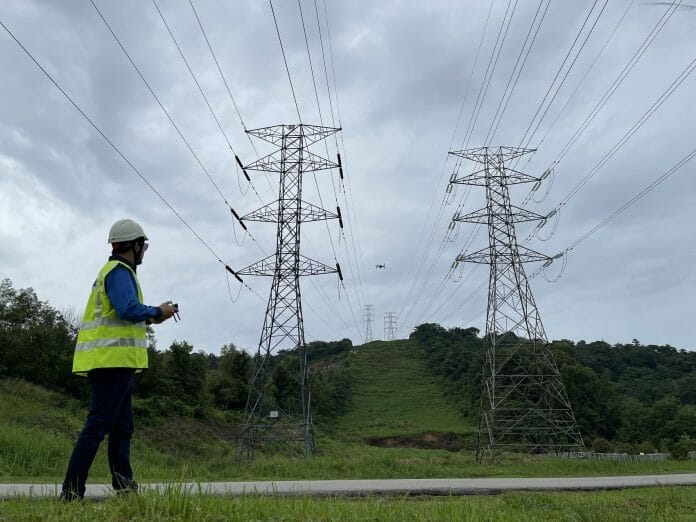Tenaga Nasional Berhad (TNB) is developing its own system to ensure the construction of its transmission towers do not affect endangered species of trees under its commitment to strengthening Environmental, Social and Governance (ESG).
Using its Grid Division’s in-house expertise, the Tree Hyperspectral Identification System (THySIS) was developed to be the first system in this country to detect endangered tree species automatically using remote sensing techniques.
“This THySIS system will allow us to identify the flora and fauna in the area involved before submitting a proposed delivery route, rather than before that depending entirely on the information of the forest authorities.
“Therefore, this system will be used when the Land Planning Department at TNB wants identify TNB’s route or alignment for line tower development works new delivery,” said TNB’s Chief Grid Officer, Ir. Dev Anandan.
According to him, it is one of the TNB Grid Division’s initiatives to further strengthen the national electric utility company’s commitment to ESG aspirations which is among them important agenda in empowering and intensifying the Energy Transition.
In fact, he said, he supports the Sustainable Development (Agenda 2030) in the 12th Malaysia Plan which is based on the Sustainable Development Goals (Sustainable Development Goals – SDG) of the United Nations (UN) that aim for people to enjoy prosperity by balancing the economy, social and environment.
“This project is expected to be able to help TNB and the country conserve forest reserves and Unique plants in particular save endangered species from suffering extinction.”
The THySIS system operates using the LIDAR method (light detection and ranging-light detection and ranging) along with the hyperspectral method installed on the drone (unmanned aerial vehicle). Both systems collect data about plants and map it in the image bank.
Dev explained that the implementation of THySIS enables TNB to achieve several goals namely:
• Classify tree species along the proposed transmission line route using hyperspectral data.
• Identify and monitor dangerous trees of endangered species online existing transmission by using LIDAR data in order for its growth does not affect the overhead line cable.
• Collect data to develop an application for automatic detection of tree species endangered; and
• Loading information in the Grid Land Plan System (GLPS) web as a reference assist in identifying the proposed alignment of TNB routes.









